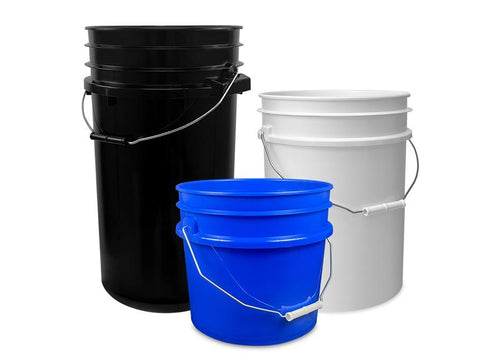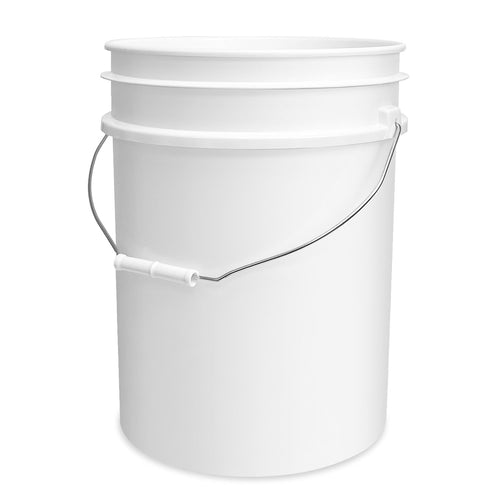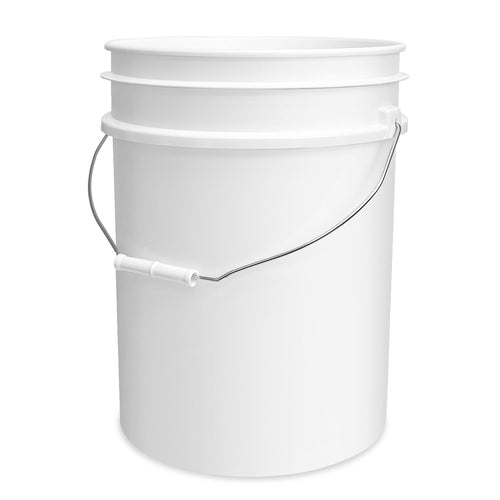At first glance, delivery bags might appear to be simple plastic bags without any special features. However, these specialized storage units designed primarily for food transport incorporate several key innovations that make them uniquely suited for their purpose. Understanding these features can help both businesses and consumers appreciate the engineering behind these seemingly basic items.
Let's explore some frequently asked questions about delivery bags and discover what makes them different from standard plastic bags.
1. Delivery Bags are Designed to be Tamper-Evident
In the food industry—whether for restaurant meals or supermarket goods—packaging must be designed to ensure customer safety and provide transparency. Tamper-evident packaging serves this purpose by clearly showing if someone has interfered with the contents. This feature represents one of the most important attributes of quality food packaging.
Tamper-evident designs appear in various forms, including adhesive seals, special labels, and color-changing indicators. These direct and informative features work particularly well for food items, especially in delivery contexts where they serve a crucial role.
The delivery process adds a unique dimension to food packaging requirements. Customers must wait for their food or other items to arrive, creating a gap between preparation and consumption. While trusting the delivery process to proceed smoothly is one consideration, being able to verify the package's integrity upon arrival provides essential reassurance. A tamper-evident delivery bag effectively tells the complete story of the delivery journey, giving customers confidence in their purchase.
Key Point: Tamper-evident features in delivery bags build trust with customers by providing visual confirmation that their food has remained sealed and protected throughout the delivery process.
2. Delivery Bags are Adaptive and Well-Ventilated
Food requires packaging that offers both delicacy and flexibility. This necessity stems from food's variable nature—it can exist as a solid, liquid, or something in between. Additionally, certain foods need proper ventilation to prevent spoilage during transport.
These requirements demand packaging that can accommodate food's inherent volatility without creating problems. Food packaging engineering has evolved specifically to ensure food safety throughout the delivery process, addressing challenges that basic packaging solutions cannot handle effectively.
While standard plastic bags represent the default storage solution in most people's minds—being readily available, affordable, and reusable—they lack the specialized features of purpose-designed delivery bags. True delivery bags are engineered to be food-grade and lightweight while simultaneously offering superior durability, stretchability, and breathability. These characteristics allow them to accommodate larger items and ensure proper air circulation during transport.
3. Some Delivery Bags are Designed with Temperature Regulation
Temperature-dependent foods such as ice cream and hot soups present significant storage challenges. As mentioned earlier, food can transition between different states, requiring packaging that accommodates this volatility. Standard delivery bags cannot maintain the specific temperatures that certain foods require, and their ventilation features may actually create temperature imbalances that compromise food quality.
This limitation has led to the development of specialized delivery bags with temperature regulation capabilities. These advanced bags can help cold foods stay cold and hot foods remain hot throughout the delivery journey. Hot food delivery bags often incorporate heating pads that radiate warmth to maintain optimal serving temperatures. Conversely, cold food delivery bags feature insulating materials that prevent heat transfer, keeping frozen or refrigerated items at safe temperatures.
Quick Tip: When ordering temperature-sensitive foods for delivery, ask the restaurant if they use insulated delivery bags. This simple question can help ensure your hot food arrives hot and your cold items stay properly chilled.
4. Eco-Friendly Delivery Bags

Eco-friendly delivery bags provide sustainable alternatives to traditional plastic options
Despite best efforts to maintain a clean delivery system, accidents occasionally occur. Food handling mishaps or transportation bumps can cause contents to spill inside delivery bags. This raises an important question: what happens to contaminated delivery bags? The natural assumption might be that, as plastic items, they can simply be recycled—but this isn't necessarily true.
Recycling companies and state regulations often impose different rules for recycling plastic items contaminated with food. This challenge has driven the development of eco-friendly delivery bags. These alternative options utilize biodegradable materials that mimic the flexibility of traditional delivery bags without the recycling complications associated with food contamination. Their biodegradable nature means they comply with recycling guidelines, allowing proper processing without concerns about food residue.
However, eco-friendly delivery bags typically command higher prices than their plastic-based counterparts. This cost differential explains why they haven't yet become standard practice throughout the food service industry, despite their environmental benefits.
5. Delivery Bags are Reliable Plastic Bags for Reuse
Given the advantages outlined above, delivery bags clearly offer more benefits than standard plastic bags. The technological advancements incorporated for optimal customer service also make these bags excellent for everyday applications, particularly for families who repurpose plastic bags as storage containers.
Their enhanced flexibility and accommodating design makes delivery bags ideal for lunches, picnics, and other food-centric events. If the tamper-evident features remain functional, they provide an additional layer of security for personal lunches. These tamper-evident designs can be particularly valuable in office environments, where they help protect meals from curious colleagues.
Because delivery bags are specifically designed for food contact, they are inherently BPA-free and food-grade. BPA represents a significant concern in plastics due to its association with various health problems, from hormonal imbalances to hypertension. Similarly, food-grade certification ensures safety by guaranteeing that the plastic won't create toxic reactions with food. This combination of BPA-free materials and food-grade quality makes delivery bags ideal for food storage applications beyond their primary delivery purpose.
Reuse Applications for Delivery Bags:
- Packing lunches for work or school
- Storing leftovers in the refrigerator
- Organizing small items for travel
- Protecting documents from moisture
- Keeping snacks fresh during outings
- Separating dirty items in luggage
Delivery Bags, Truly Deliver!
Delivery bags stand as a distinct category of packaging, offering much more than meets the eye. Far from being simple plastic containers, they represent specialized tools designed with multiple considerations in mind—from food safety and tamper prevention to temperature control and environmental impact. As the food industry continues to evolve, particularly with the growing prominence of delivery services, these specialized bags will likely continue to advance with new features and improvements. Understanding their unique characteristics helps both businesses and consumers appreciate the engineering behind these essential components of modern food delivery systems.
Key Benefits of Specialized Delivery Bags
- Tamper-evident designs ensure food safety and build customer trust
- Adaptive construction accommodates various food types and sizes
- Ventilation features prevent condensation and preserve food quality
- Temperature-regulating options maintain proper serving temperatures
- Eco-friendly alternatives offer sustainable disposal solutions
- Food-grade, BPA-free materials provide safe reuse opportunities
Explore Our Food Packaging Solutions
Food-grade containers, delivery bags, and more — everything you need for safe food storage and transport.

 Violet Zhang
Violet Zhang

















































